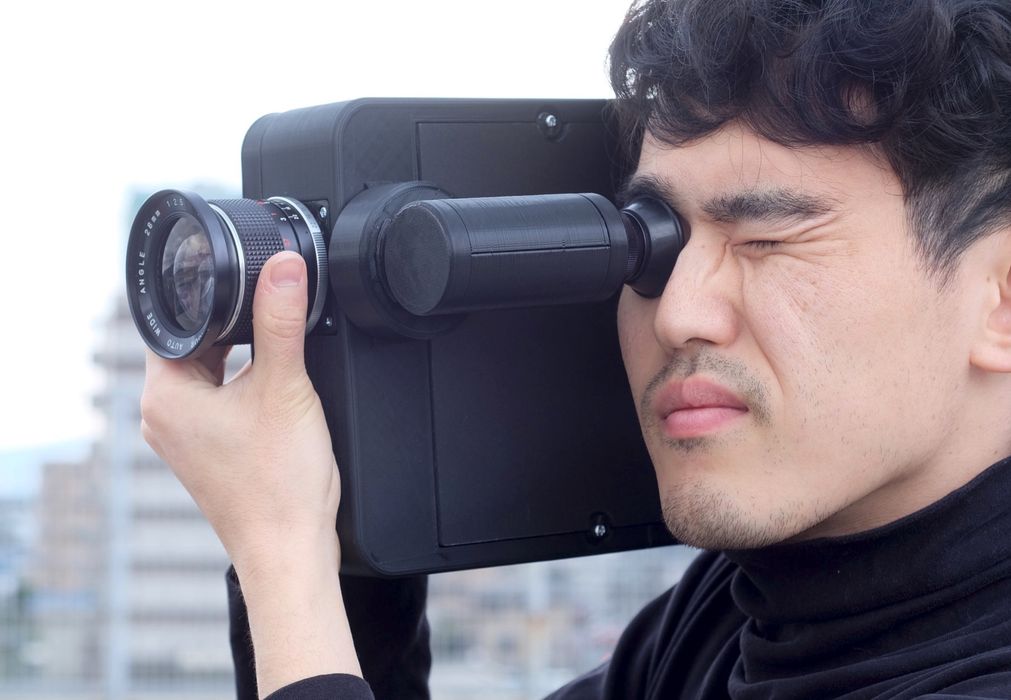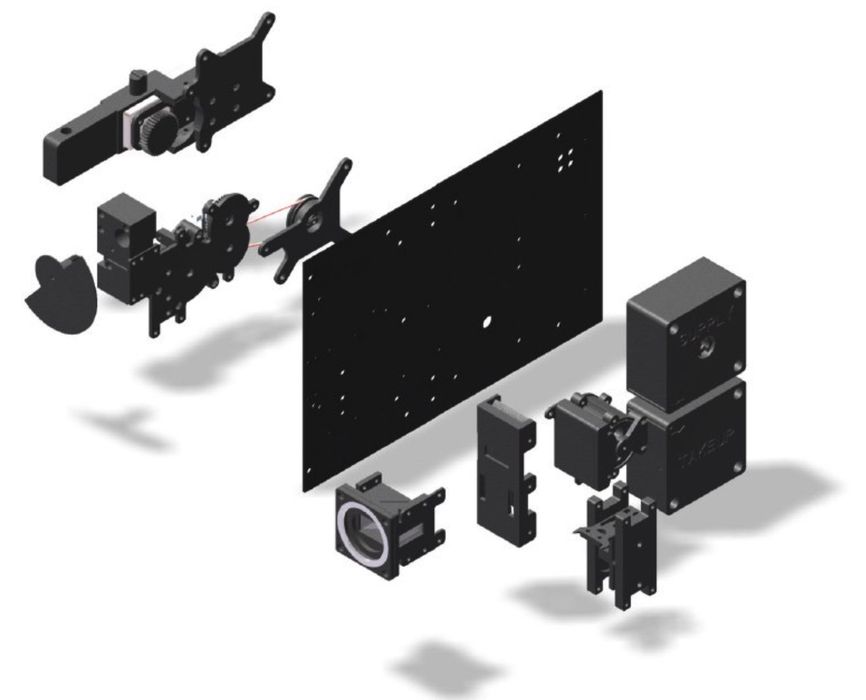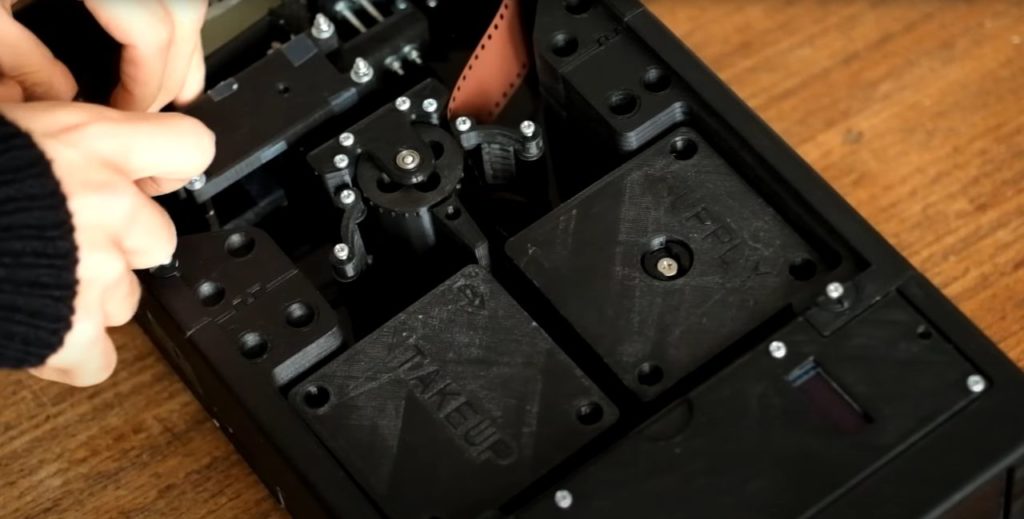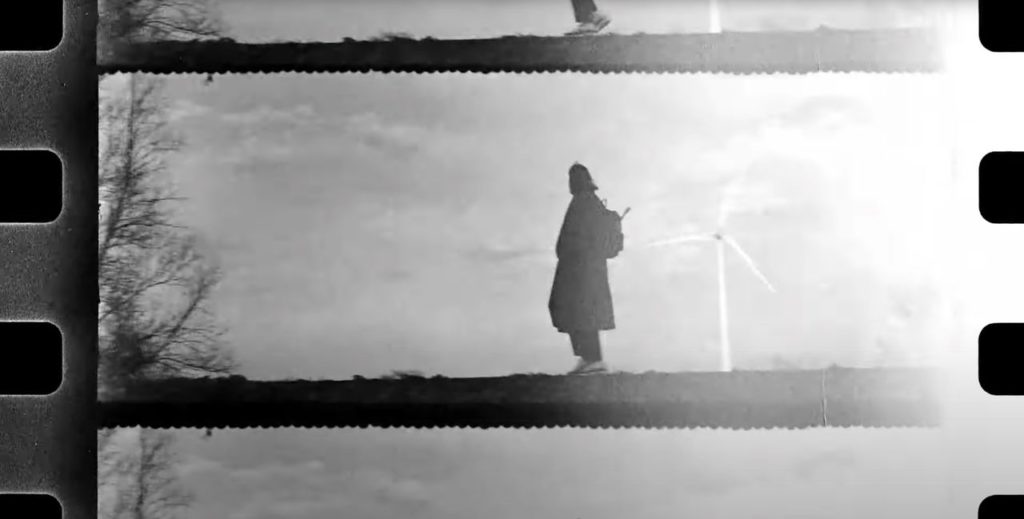
This week’s selection is the incredible Analog 35mm Movie Camera by designer Yuta Ikeya.
3D designs are always more interesting if they include moving parts, and even more so if they can serve a function effectively. That was precisely the goal of Ikeya, currently in the Industrial Design program at Eindhoven Institute of Technology.
Ikeya, a fan of analog moviemaking, was not happy with the costs of doing so. Acquiring 35mm film gear is quite expensive, leading many in this field to use the far less expensive Super8 format, which has a height of a mere 8mm, versus the much larger 35mm format. Ikeya explains the problem behind the project:
“As a film photographer, I knew shooting a movie with film is insanely expensive. Even just trying it out felt too difficult due to not knowing people who do this, not knowing a lab to process film, and not having a proper gear first of all. Super 8 is relatively available and used widely by analog photographers/videographers, but its limited resolution makes the results difficult to achieve high quality. I decided to build a camera by myself to casually try out this experience of analog movie making using ordinary photographic 35mm film.”

Designing the entire mechanism himself, Ikeya was able to create a device that is almost entirely 3D printed. There are, however, some optical and electronics elements required. The camera is powered by an Arduino, uses a single DC electric motor, and includes a lens system from a regular camera.
As you will see in the video, Ikeya has designed special cartridges to hold the analog film — both input and take-up as it is exposed. 35mm film is generally available everywhere, but the spools are far too short for use as movie film, which would rapidly consume plenty of frames. Ikeya’s concept is to splice together several rolls of 35mm film and mount it in a cartridge. This is far less expensive than using actual 35mm movie film stock.

Does this system work? It actually does, as you can see in this frame from a film made on the device:

It’s a bit sketchy quality-wise, but that’s part of the mystique of analog devices. They’re not perfect, and that imperfection can be desirable for filmmakers.
While the idea is to enable analog filmmakers a cheaper path to equipment, Ikeya has not, as far as we know, provided access to the design files for this project. However, he has beyond doubt proven that a 3D printed analog movie camera is entirely feasible.
Via Yuta Ikeya
